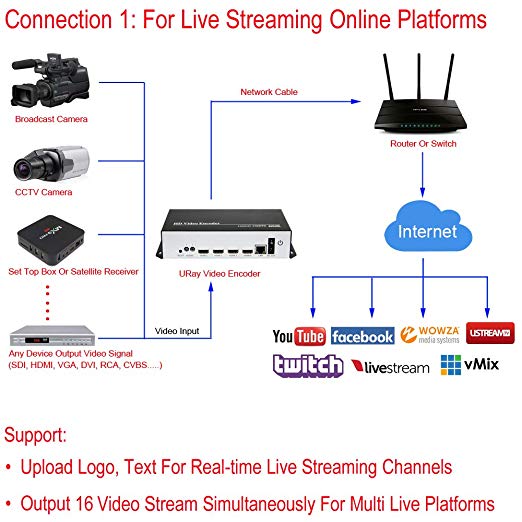I’m saying tablo probably isn’t your answer.
This image
suggest the HDMI are inputs and convert/encode to a streaming format - over a network. You need a source with an HDMI output - not on a tablo. Maybe a converter box like ones mentioned here Things you see at Wal*mart.
I truly have no expertise here beyond, currently tabo is extremely unlikely your answer, at least not without other devices.
As for as a feature request - sure, similar to what I do with music on Amazon Echo devices… so the possibility exists.
